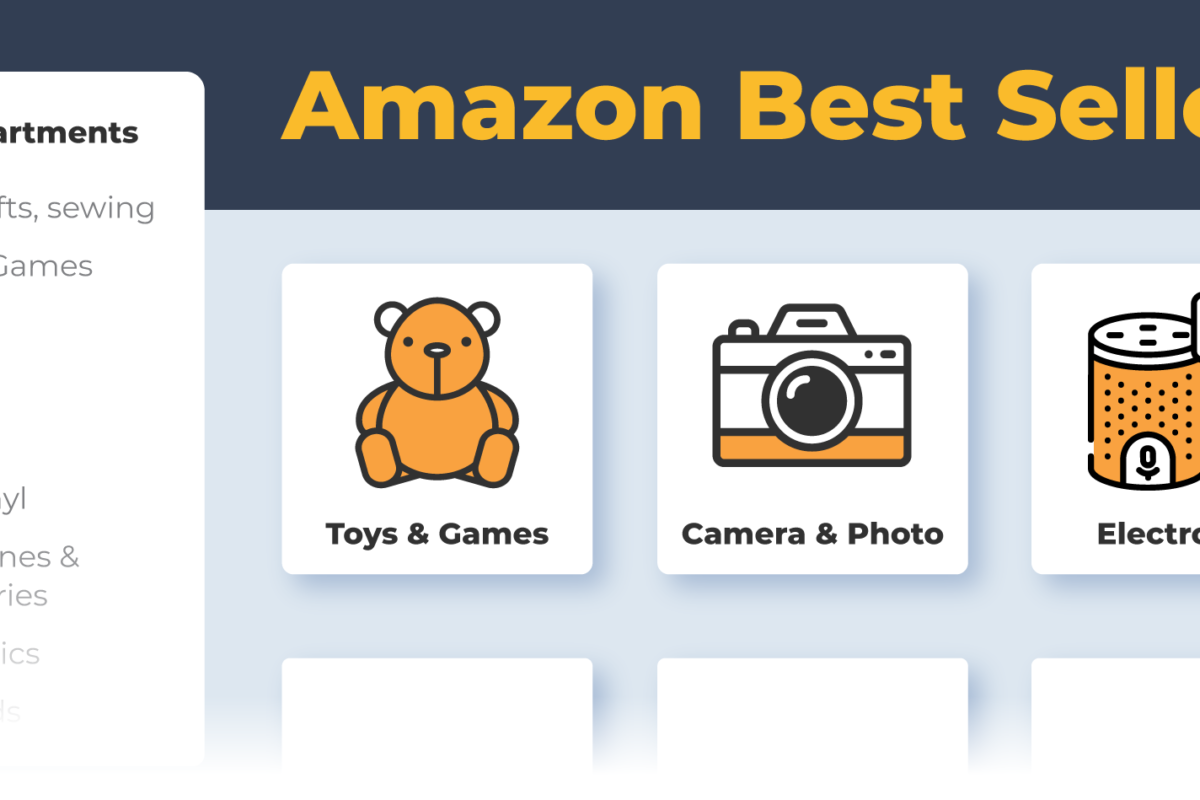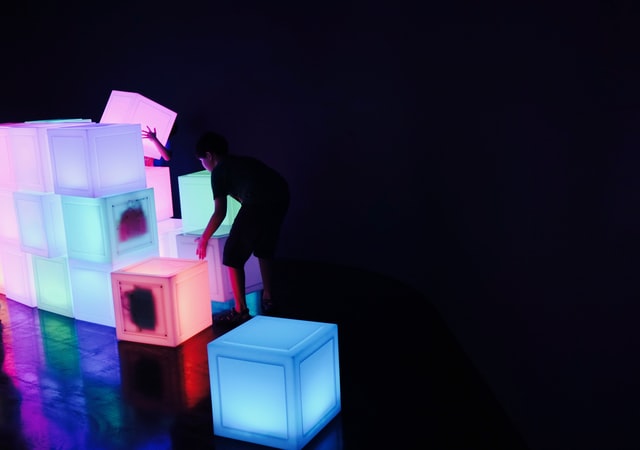Customer experience is an extension of brand and much more.
Regardless of a brand’s industry, the idea of customer experience is broad: the way a telephone call is handled, the architecture of a website, the design of a showroom or corporate office all fall under the umbrella of experience. In retail today, special attention must be paid to customer experience because the amount of time and attention a customer spends inside that experience.
Enter Frictionless Retail
A few months ago, Amazon launched a retail concept near its Seattle headquarters called Amazon Go. Using their extensive technological resources, Amazon developed a physical experience wherein customers no longer need to check out through a cashier. A combination of apps and sensors allow customers to grab what they need and go. As an inventive brand known for both speed and smarts, the execution matches the personality of the brand. Also noteworthy, the mix of urban density near the location combined with healthy customer demand for “grab and go” food and meal services shows promise.
But, as with all progress, there are questions about what the technology means for our well-being. French supermarket Monoprix released a nearly scene-for-scene parody of the Amazon Go concept in which the narration asks, “Over 10 years ago, we were wondering what would shopping look like if you could walk into a store, grab what you want, and just go?” (A near word-for-word translation of the Amazon Go idea). It then asserts, “You don’t need an app to go shopping, so put away your phone and shop. It’s really that simple.” They used this to launch a 1-hour home delivery service that is built on ‘human technology’.
Geoff Colon has written about the importance of digital transformation keeping brands human. In a brilliant piece called “The Problem with Amazon Go (Hint: Amazon Isn’t the Problem),” Chris Hare sees the seductive nature of a frictionless world ultimately doing more damage to humanity than good, given that nearly anything we want today can be obtained with a swipe or a tap and we never have to interact with anyone.
Where Is The Balance?
In psychology, stress can fall into two main categories, eustress and distress. In retail, I believe friction can be similarly considered. Negative friction is most always something to do with the mechanics of the experience: either the line to checkout is long and slow, or the steps required to enter credit card information online is too cumbersome. Negative friction can also be a store’s confusing layout or a poorly designed app or web experience.
Positive friction is most always more emotionally-focused: The availability of informed associates to help understand the needs of the customer; the way websites and apps can recall customer data and preferences to make recommendations based on browsing and purchase history (without being too intrusive); the experience of tasting/trying a product.
Retail brands need to understand how to use both types of friction to achieve the most optimal experience for their brand.
All retail brands need first to look for ways to decrease negative friction. In payments, the World Wide Web Consortium is now (and finally) considering a one-click payment system for the entire internet. Dave Birch, a consultant who has been working on electronic payments for over two decades, said the web browser stood the best chance of providing a unified and more secure portal for payments. He says, “There’s a convergence going on. In the future, you will have one experience — it won’t matter if you are at the store or on the phone. It will pop up on your phone, you will put your thumb on it and you will be done.”
For some retail brands, the kiosk/checkout counter is not going to disappear anytime soon, and this is OK. Often a central point is still needed for bagging or removal of security devices. Consider retailers like Home Depot, who during peak hours will empower an associate with a mobile device to “pre-check out” people in long lines, loading their entire order to a card they present to the cashier that only handles the bagging and final credit-card swipe.
But other retail brands would do well to find smart ways to add positive friction to improve the human shopping experience. Instead of associates merely asking, “Is there anything I can help you with?” they might move from a ‘purveyor’ mindset to a ‘curator’ mindset and greet customers with a story about the products to engage their customers in conversation: What is special, and why is it being sold? Grocers might provide an anecdote about this week’s fresh produce, clothing retailers might note recent fashion trends or popular looks that might help increase cart size. Armed with technology like a large tablet, associates could quickly show customers other options, different colors, or photos showing how a sustainable product was made while either processing the final transaction or greatly speeding it up. Brands might also consider how to encourage sociability in their retail spaces with trending technology like sponsored snapchat lenses.
Frictionless retail is not for every brand. It works for Amazon because that is their brand, it’s what we expect from them. But it is not what we want from every brand. Smart brands will think less of ‘frictionless’ and more about mapping their customer experience to understand where they can speed things up, and, also where they might slow things down to allow customers to learn and appreciate what they buy.
The Blake Project Can Help: The Customer Experience Workshop
Branding Strategy Insider is a service of The Blake Project: A strategic brand consultancy specializing in Brand Research, Brand Strategy, Brand Licensing and Brand Education




